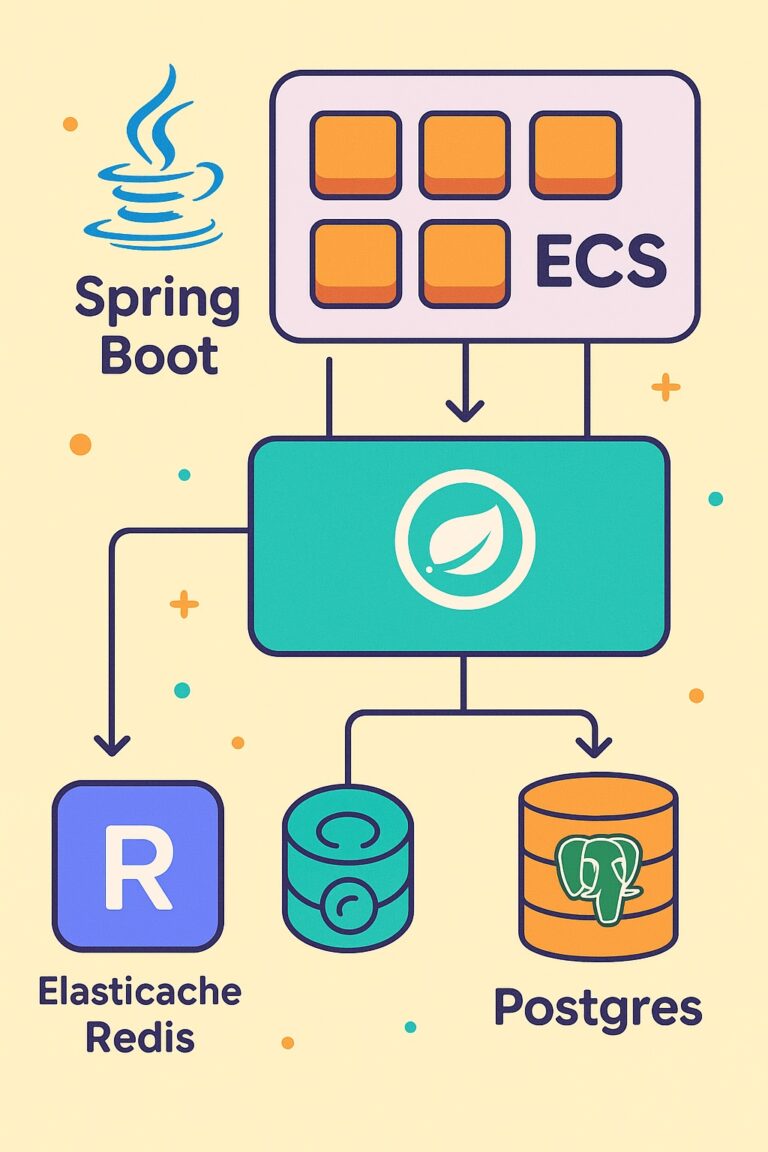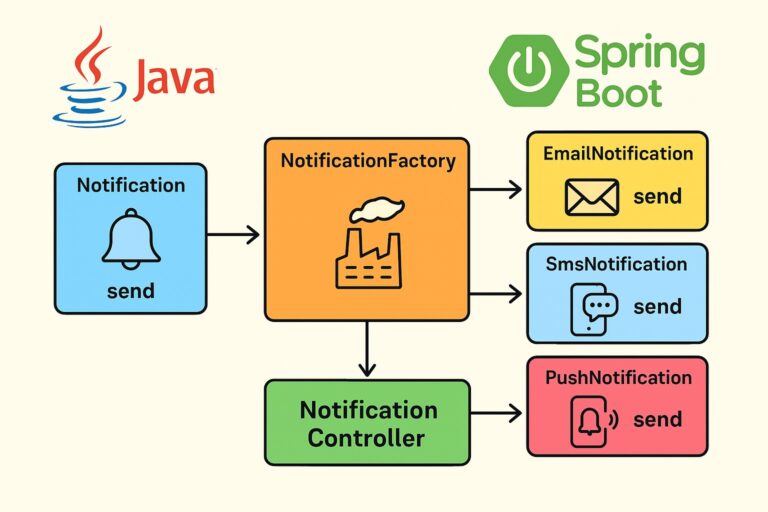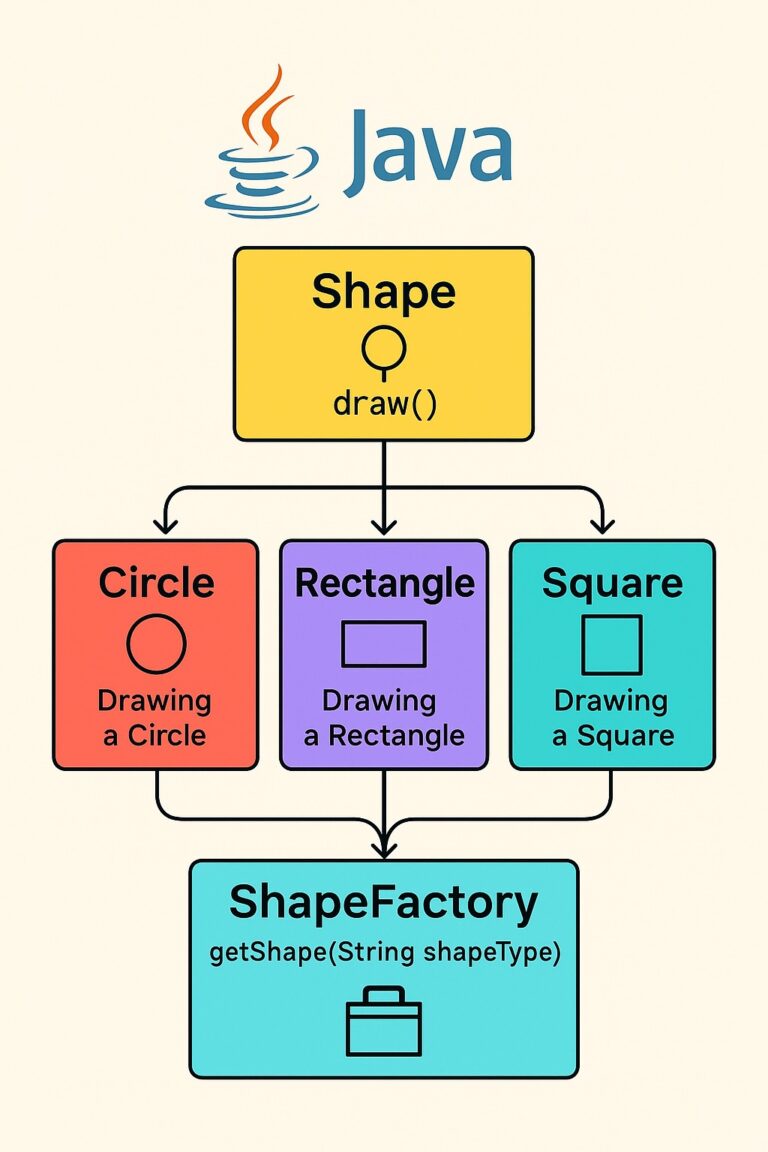Microservices have become a go-to architectural style for building robust, scalable, and maintainable systems. When designing a web UI integrated with microservices, the challenge lies in creating a seamless user experience while leveraging the flexibility and scalability offered by microservices. This article will guide you through the process of designing a web UI with a microservices architecture, accompanied by an illustrative diagram and a practical example.
Key Principles of System Design with Microservices
Before diving into the design, it’s crucial to understand some foundational principles:
- Decoupling: Each microservice is independent and has its own specific functionality.
- Scalability: Microservices can scale independently based on the load.
- Fault Tolerance: Failures in one service should not impact the entire system.
- API Gateway: Acts as a single entry point for all client requests, routing them to the appropriate microservices.
- Data Isolation: Each microservice owns its database, ensuring loose coupling.
- Resilience and Caching: Use patterns like Circuit Breakers and caching for improved performance.
System Design Overview
The design involves the following key components:
- Frontend (Web UI): ReactJS or Angular-based SPA (Single Page Application) for a dynamic user interface.
- API Gateway: Routes requests to the appropriate microservices and handles cross-cutting concerns like authentication and rate limiting.
- Microservices: Individual services such as User Management, Product Catalog, Order Management, and Payment Processing.
- Databases: Independent databases for each microservice.
- Message Broker: For asynchronous communication (e.g., RabbitMQ or Kafka).
- Monitoring and Logging: Tools like Prometheus, Grafana, and ELK stack to monitor and debug the system.
Diagram: Web UI and Microservices Architecture
Here’s the architecture diagram:
+----------------------+ +-------------------+
| Client (Web UI) | | Mobile Application|
| ReactJS/Angular | | |
+----------+-----------+ +--------+----------+
| |
| HTTP REST / GraphQL | HTTP REST / GraphQL
| |
+-----v------------------------------v------+
| API Gateway (e.g., Spring Boot) |
+---------------------+---------------------+
|
+-----------------------+-----------------------------+
| Service Communication |
| (REST, gRPC, Async Messaging) |
+-----------------------+-----------------------------+
| | | |
+-----v---+ +---v-----+ +----v-----+ +-----v-----+
| Users | | Products| | Orders | | Payments |
| Service | | Service | | Service | | Service |
+---+-----+ +----+----+ +----+-----+ +-----+-----+
| | | |
+---v---+ +---v---+ +----v----+ +---v----+
| DB | | DB | | DB | | DB |
+-------+ +-------+ +---------+ +---------+
Example: Building a Shopping Platform
1. Web UI (Frontend)
The UI is built using ReactJS, allowing users to interact with the application dynamically:
- Features: User login, product browsing, cart management, and checkout.
- Communication: The UI communicates with the backend via the API Gateway using REST APIs or GraphQL.
Example:
// Fetch products via API Gateway
fetch("/api/products")
.then(response => response.json())
.then(data => {
console.log(data); // Display the product catalog
});
2. API Gateway
The gateway serves as the central entry point for all requests:
- Handles authentication, authorization, and routing.
- Performs rate limiting and caching.
Example using Spring Cloud Gateway:
@Bean
public RouteLocator gatewayRoutes(RouteLocatorBuilder builder) {
return builder.routes()
.route("products_route", r -> r.path("/api/products/**")
.uri("lb://PRODUCT-SERVICE"))
.route("orders_route", r -> r.path("/api/orders/**")
.uri("lb://ORDER-SERVICE"))
.build();
}
3. Microservices
User Service:
- Manages user authentication and profile data.
- Example: A login endpoint using Spring Boot.
@PostMapping("/login")
public ResponseEntity<?> login(@RequestBody LoginRequest request) {
// Validate credentials and return JWT
}
Product Service:
- Provides a list of products and their details.
- Example: Fetching the product catalog.
@GetMapping("/products")
public List<Product> getAllProducts() {
return productRepository.findAll();
}
Order Service:
- Manages user orders and tracks their status.
- Example: Placing an order.
@PostMapping("/orders")
public Order placeOrder(@RequestBody OrderRequest request) {
return orderService.createOrder(request);
}
Payment Service:
- Handles payment processing and verification.
- Example: Mock payment processing.
@PostMapping("/payments")
public PaymentResponse processPayment(@RequestBody PaymentRequest request) {
return paymentService.process(request);
}
4. Database Per Service
Each microservice has its own database to ensure data encapsulation. For instance:
- User Service: Users DB (e.g., MySQL)
- Product Service: Products DB (e.g., PostgreSQL)
- Order Service: Orders DB (e.g., MongoDB)
- Payment Service: Payments DB (e.g., Redis for transactions)
5. Asynchronous Communication
Use a message broker like Kafka to decouple services. For instance:
- When an order is placed, the Order Service emits an event to a Kafka topic.
- The Payment Service listens to this topic to process payments asynchronously.
Example:
@KafkaListener(topics = "order_created", groupId = "payment_group")
public void handleOrderEvent(OrderEvent event) {
// Process payment for the order
}
Best Practices
- Decouple the Frontend: Use GraphQL or REST APIs to make the frontend independent of backend logic.
- Centralized Configuration: Use Spring Cloud Config to manage service configurations.
- Distributed Tracing: Implement tools like Zipkin or Jaeger to track inter-service communication.
- Load Testing: Test the scalability of your system using tools like JMeter or Locust.
Conclusion
Designing a web UI with a microservices architecture requires careful planning and execution. By decoupling the frontend from backend microservices, implementing an API Gateway, and ensuring robust communication between services, you can create a highly scalable and maintainable system.



